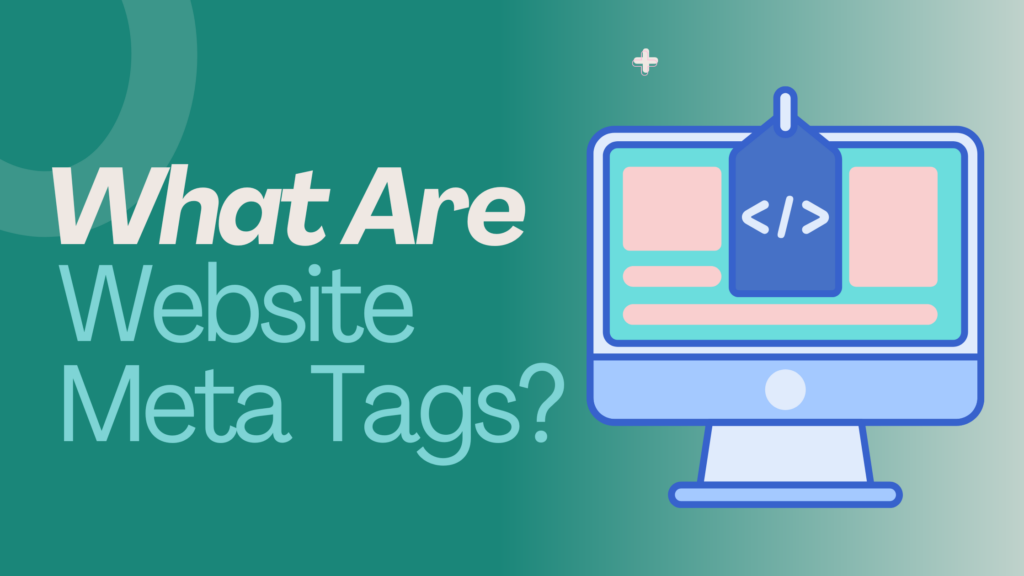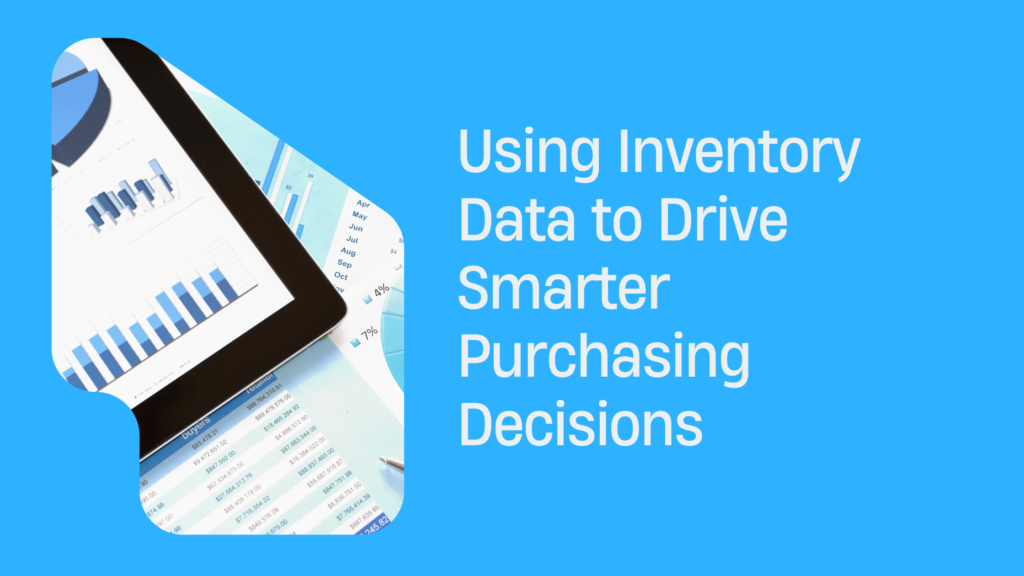What Are Website Meta Tags?
Meta tags on a website are snippets of HTML code that provide information about the webpage to search engines and website browsers. These website meta tags are placed in the head section of a webpage’s HTML code and are not visible to users when they view the page. Meta tags play a crucial role in search engine optimization (SEO) as they help search engines understand the content, purpose, and structure of a webpage. Important meta tags include the title tag, meta description tag, meta keywords tag, viewport tag, and canonical tag. Properly optimized website meta tags contribute to better search engine rankings and improved user experience.
What are meta tags on a website?
First, if you are like most people who open stores….this might be the first time you have heard the term “meta tag” or maybe you have heard of it, but you have never changed the default tags that might be listed with your website. Do not worry, we have meta tags explained for you. Technically speaking, a “Meta Tag” is the HTML code inserted into the header on a web page. In the context of search engine optimization (SEO) when people refer to website meta tags, they are usually referring to the meta description tag and the meta keywords tag, but there is also the meta title tag as well.
How are meta tags used?
In addition to the well-known meta title, description and keywords tags, there are other meta tags, including the meta http-equiv tag, meta refresh tag, the meta robots tag, the meta copyright tag, and the meta author tag, among others. These tags are used to instruct user agents such as web browsers and search engine spiders on a variety of topics, but as a store owner if you just focus on your main site Meta Title, Description, and Keyword tags you will be ahead of the game.
Meta tag information does not change how the page looks. It is not visible to your customers…unless they view your source code in the browser specifically…and no one would really do that unless they are just super curious. You can see a website tags example of what a website meta tag might look like below:
<TITLE>Inventory Source- The greatest wholesale dropship data service company on the planet helping you sell more while working less.</TITLE>
<META name =“description” content=”Dropship Automation – Inventory Source becomes the value adding link in your supply chain giving you the same technological capabilities once reserved only for the largest businesses on the web. Let Inventory Source act as your supply chain manager and back-office IT staff, so that you can focus on the fun parts of your business.”>
<META name =”keywords” content=”wholesale, dropship, InventorySource.com, product data management, suppliers, product loading, amazon solutions, eBay product loading, ecommerce experts, automation, greatest company in the world”>
Importance of Meta Tags in Web Development
The purpose of meta tags is to inform web crawlers and search engines about your website. They existed before search engines, but today, they are primarily used in terms of SEO to make sure your site is understood by search engines. Using them may help web crawlers more easily index your pages in search engines; however, not all web crawlers pay attention to the tags. Some crawlers do use them and some do not, and those that do sometimes change how they read or use meta tags from time to time.
So, not having meta tags will not be a deal-breaker for your website, but since they are simple to add, it is STILL a good way to get started with your SEO activities. Learning how to create a meta tag on each page may help promote greater visibility on certain search engines, and may increase the likelihood of your page coming up as a choice when people search under alternate but related names to your content.
When you want to write your meta tags here is a good guideline to follow
Meta Title: Your website Name and a one-line slogan. You should craft a compelling meta tile that should be 50-60 characters with spaces. Try including a primary keyword for more relevant clicks.
Meta Description: 3-5 sentences talking about your website. Try to work in a few keywords like categories, brands, or product types in this section if you can.
Meta Keywords: Select about 20 keywords based on your products, brands, categories, product types, or other search terms people might use when looking for what you sell.
Let’s know about the important meta tags apart from the meta title and description.
Apart from meta title, description, and keywords tag, other website tags are important and very much make the website.
Meta Robots Tags – It controls the search engine indexing and crawling behavior. Meta Robot tags are written as <meta name=”robots” content=”index, follow”>.
Viewport Meta Tag – This ensures proper rendering on various devices and screen sizes. The example of Viewport Meta Tag is <meta name=”viewport” content=”width=device-width, initial-scale=1.0″>
Canonical Tag – Resolves duplicate content issues by specifying the preferred version of a page. The example is <link rel=”canonical” href=”https://www.example.com/canonical-page”>
Charset Meta Tag – This tag specifies the character encoding for the HTML document. An example is <meta charset=”UTF-8″>
Open Graph Meta Tags (for Social Media) – This is a social media tag that controls how content appears when shared on social media platforms. As an example, the following are the tags
<meta property=”og:title” content=”Your Title”>
<meta property=”og:description” content=”Your Description”>
<meta property=”og:image” content=”URL to Your Image”>
<meta property=”og:url” content=”URL to Your Page”>
These meta tags serve different purposes right from influencing search engine behavior to the social media sharing aspect. Each of the important meta tags plays an important role in website optimization, performance, and visibility across different platforms.
There are reasons for our recommendations above, but feel free to research what are website tags, website meta and SEO meta tags in more depth for more details. We just wanted to provide you with a good solid approach for your tags that is easy to follow. Once you have your tags just contact your platform provider for how to add them to your site.



